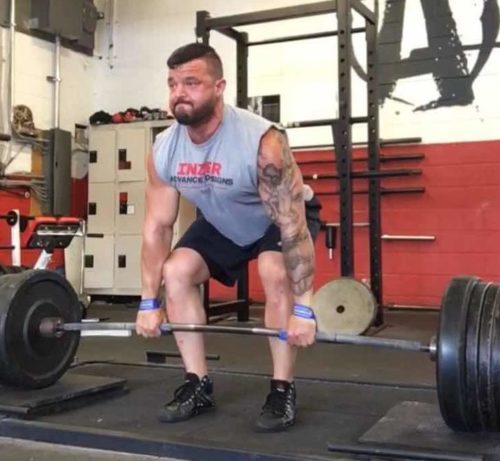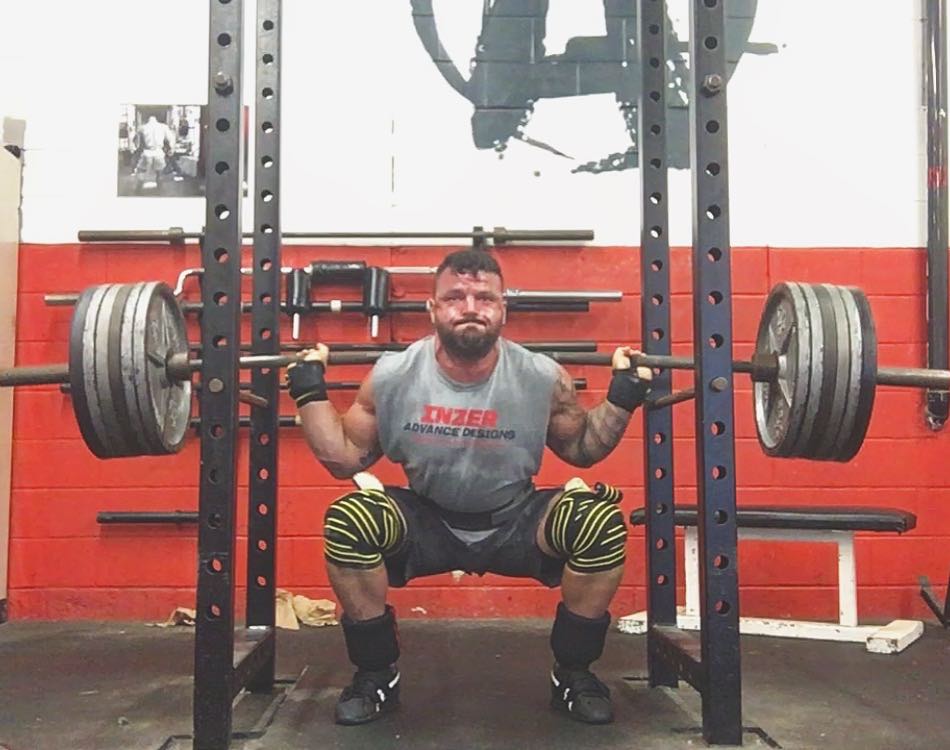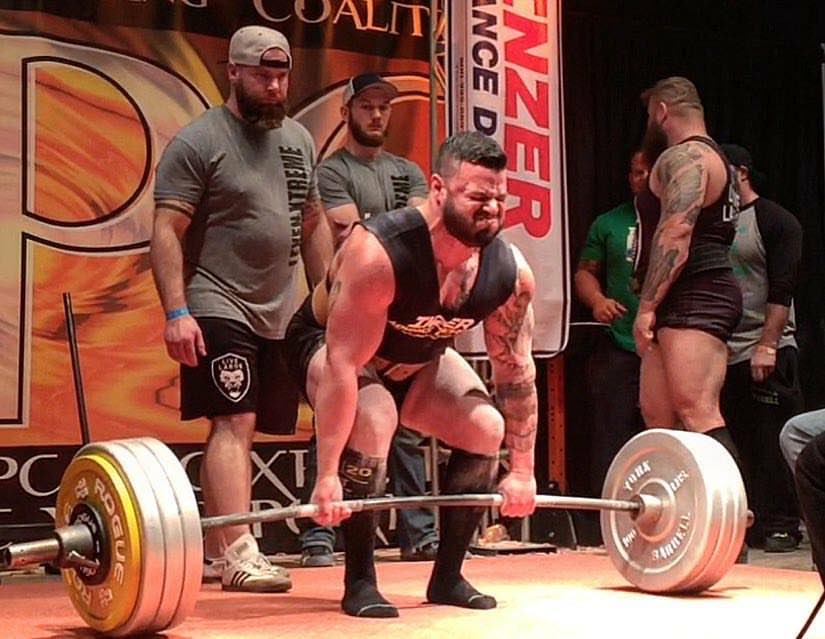
13 Sep Rethinking Progressive Overload: A Strong Spin on Escalating Density
By Paul Oneid
When it comes down to it, powerlifting is a very simple pursuit. Yes, there are a lot of moving parts, and each element has multiple dependencies, but the fact of the matter is you get stronger by being able to do more work. Volume drives progress. Volume is described by the total amount of weight lifted throughout a session: (Reps) x (Weight) = (Volume). To drive up the volume, we can either increase the weight being lifted, or the reps being performed. For the sake of this article, we are going to assume that the weights being lifted are at, or below 80%. Weights above 80% will usually be accompanied by a decrease in volume and should be reserved for peaking.
Escalating density was a concept popularized by Charles Staley as a method for increasing the productivity of training sessions. It was simple – do more work in the same amount of time. Staley used EDT to keep the relative intensity of training high. Others have used this methodology in more strength related pursuits. Fellow Canadian Christian Thibodeau has also proposed his version, also predicated on a time restriction. The premise is relatively the same, do more work in the same amount of time. But, what if time wasn’t the most critical variable? We are powerlifters, so shouldn’t we be trying to maximize loading parameters to some extent?

Propose we standardized the load and the volume, as opposed to the time. This sounds counterintuitive, does it not? Well, here is the caveat – in the volume equation above, we did not factor in the relative intensity of the volume being performed. Primarily, it doesn’t consider how hard we are working. 365lbs for five reps is more challenging in a competition paused bench press than a 2-board press, but it’s the same volume. Propose we perform the same amount of work but modify the RPE through exercise variation. We then aim to achieve more of the work in the more challenging variation each subsequent training session. For clarity, here is an example:
Load: 80%; Goal: 30 reps; Movements: Bench Press and Slingshot bench
Week 1 – 5×3 Bench and 3×5 Slingshot
Week 2 – 6×3 Bench and 2×6 Slingshot
Week 3 – 4×4, 2×3 Bench and 1×8 Slingshot
… continue until all 30 reps are performed on the bench press, then increase the load.
Now, we need to set parameters; This is a strategy that would typically be reserved for the off-season, and the lifter would aim to keep RPE below an 8/10. The goal number of repetitions will be determined by the % of 1RM. Each week, the lifter performs 30 reps with 80% and tries to increase the number of those reps performed without the assistance of the slingshot.

This type of approach can be productive in the off-season for a few reasons. First, it sets a tangible goal for each training session. No matter what, if you are diligent in monitoring RPE, there is no reason why even on the worst day you cannot add a single rep. This keeps the athlete’s focus on the process and ensures that each training session is a success. Next, it provides an objective measure of progress. If you did more work than before, you increased the stimulus threshold and more than likely increased your 1RM. Finally, and not of least importance- it controls absolute intensity. In the off-season, we want to strive to accomplish the most with the least. There isn’t always a benefit from progressing the load. If you proceed from 15 reps to 30 reps at a given workload, you’re getting stronger. You don’t need to max out to prove that.
Progressive overload does not always need to refer to the loading parameters. Escalating density has proven to be a useful tool in many coaches’ toolbox if it is applied appropriately. The fact remains that to increase your strength, you must be able to tolerate more work. Whether you standardize the time frame or the volume; the bottom line is if you do more work than your previous weeks, you’ll get stronger over time. Especially in the off-season, finding ways to keep training interesting and productive while accommodating for lifestyle can be difficult. EDT may be an excellent tool for you to try.
To read more of Paul’s work click HERE. Learn how to be your own professional coach and pick up a copy of 10/20/Life 2nd Edition at the PowerRackStrength.com store.
Paul Oneid
Latest posts by Paul Oneid (see all)
- A Proposition for a Paradigm of Planning Your Personal Periodization - March 4, 2019
- Paul Oneid –> Off-Season | Feet Up Bench PR and Some Squats - March 1, 2019
- Paul Oneid –> Off-Season | A bit of everything - February 21, 2019





Sorry, the comment form is closed at this time.